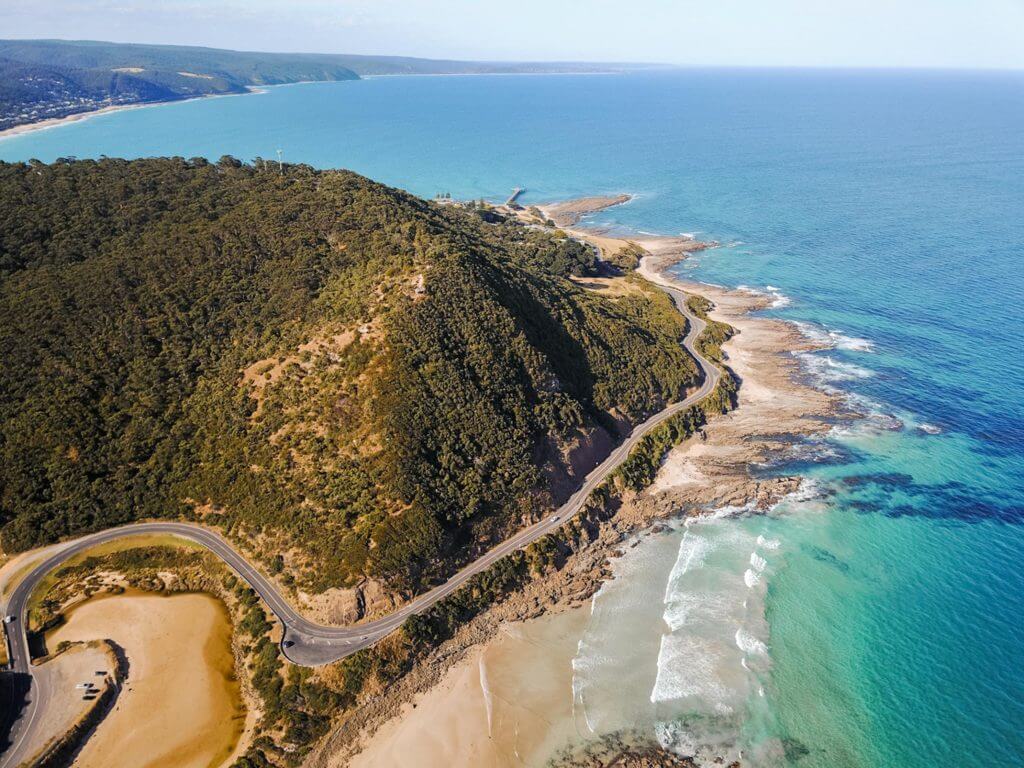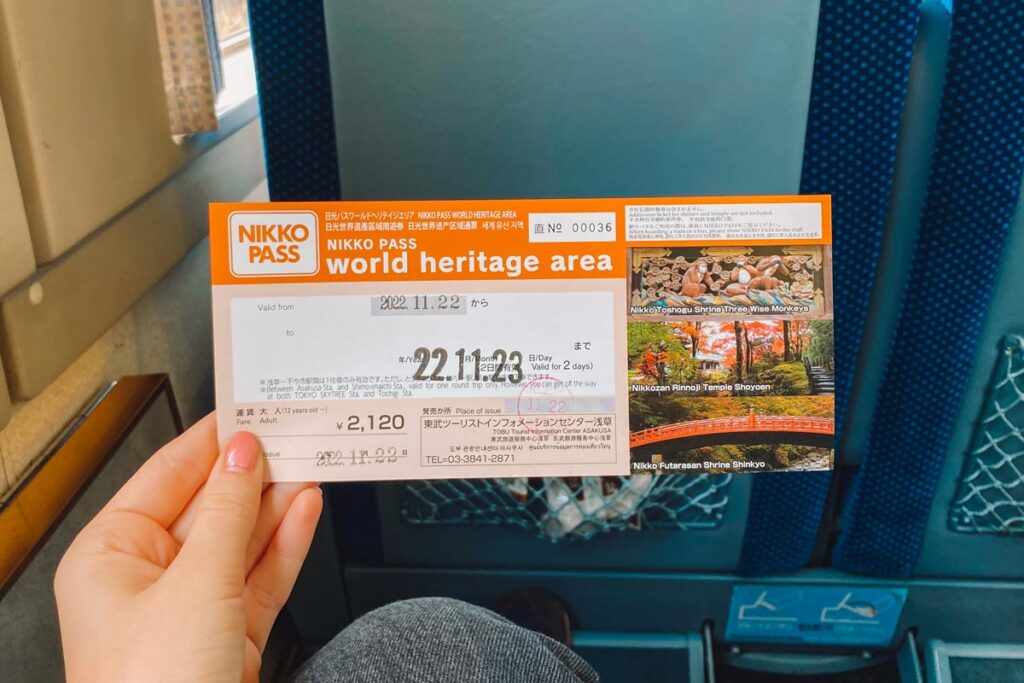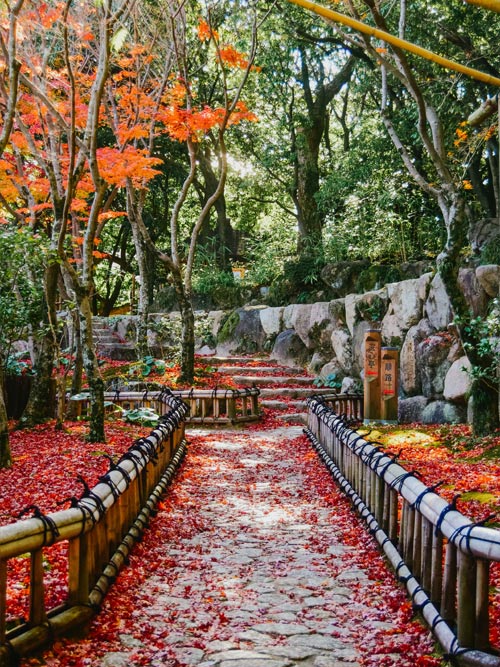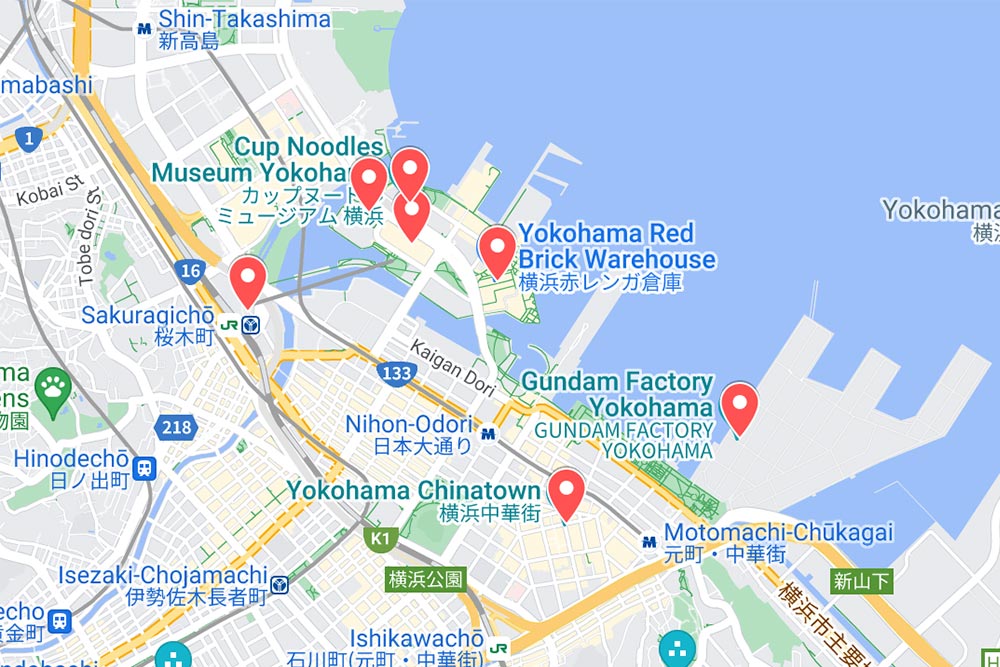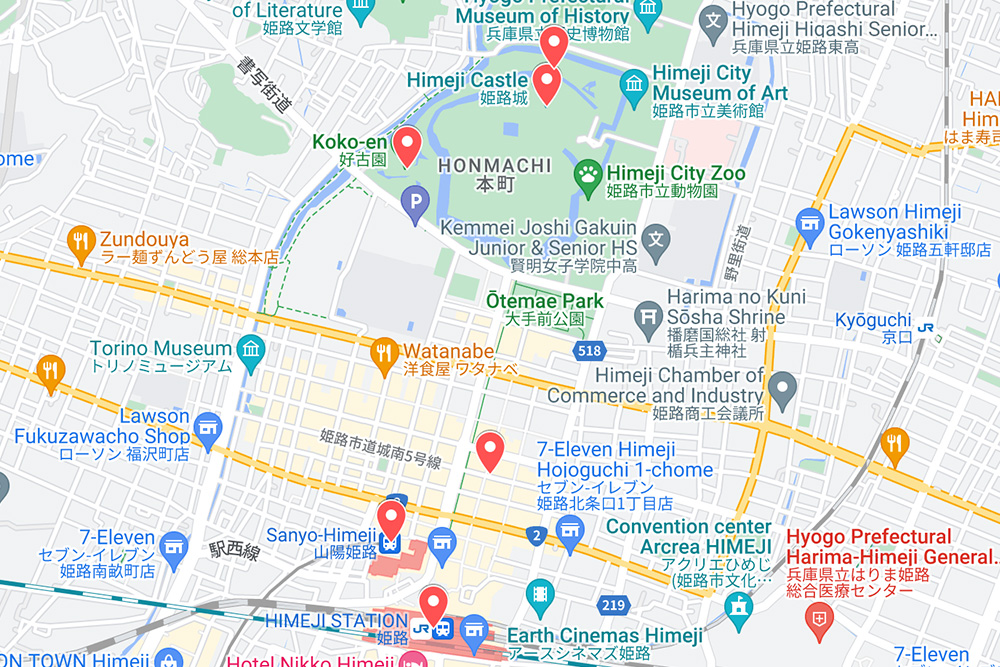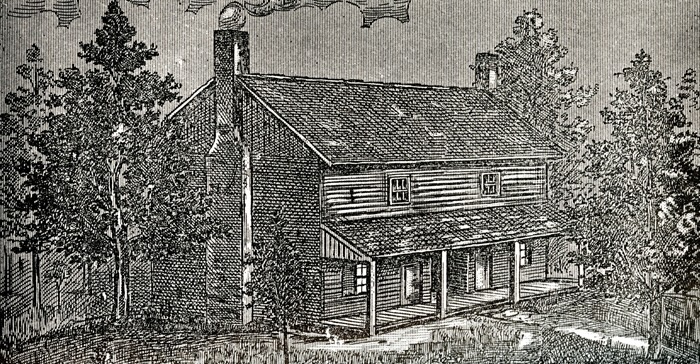Staying in Osaka for a few nights and looking for some extra day trips to add to your itinerary? We�ve got the best ones below! ... Read more
Staying in Osaka for a few nights and looking for some extra day trips to add to your itinerary? We�ve got the best ones below!
One of the best things about visiting Japan is the way many cities are grouped together into regions. Especially in the Kansai region, you can have one base (where you�ll stay the night) and visit many different nearby places. Osaka is often chosen as a traveller�s base when visiting this region in Japan.
While Osaka city is lively, bustling and full of amazing things to do and see, it�s also a great option to stay in while exploring the greater Kansai area. Geographically located near the middle of the region, Osaka is perfect as both a city to explore and for day trips to the many unique and interesting places nearby.
Below, we�ll share some of the best day trips from Osaka.
Best Osaka day trips
Here are the best day trips to take from Osaka:
1. Nara Park (40�50 minutes)
Nara is one of the most popular day trips from Osaka, for both domestic and international travellers.
The traditional city is easily accessible from Osaka through various train lines. The Kintetsu Nara Line takes around 40 minutes from Osaka Namba Station while the JR Yamatoji Line has both express and local lines going directly from Osaka Station to Nara within as little as 50 minutes (and covered by the JR Pass).
Within a few minutes of arrival at Nara, it�s easy to see the most famous attribute � deer! While Nara is also well-known as the first permanent capital of Japan and the centre of power throughout much of the 8th century, the most popular sightseeing spot is Nara Park and its deer.
Nara Park is a large sprawling park located a short 5-minute walk from Nara Station. Wild deer live throughout the city but are mostly centred around the park. While the wild deer come and go as they please, they are accustomed to humans being around. You can even feed them with �deer senbei� (senbei are a type of wafer biscuit) that are sold around the park.
However, deer aren�t the only attraction around Nara Park. There are a number of shrines and temples throughout Nara. Todai-ji is one of them, housing a 15-meter-high Buddha statue and two 8m guardian statues.
Kofuku-ji temple is another of the eight historical monuments of Nara and is unique for its octagonal halls and 5-storied pagoda. The shape of the halls stands out among the many similarly-shaped temple halls in Japan and the pagoda is the second-tallest pagoda in all of Japan at 50 meters tall.
As you wander through the park, you may also come across the Nara National Museum with its many national treasures, Kasuga Taisha Shrine with over 2,000 stone lanterns linings its paths and the relaxing Kagami-ike Pond. Nara Park, the deer and the surrounding temples, shrines and cultural buildings are more than enough to fill a unique and interesting day trip from Osaka.
We have a full guide on taking a day trip to Nara with a walking route and itinerary!
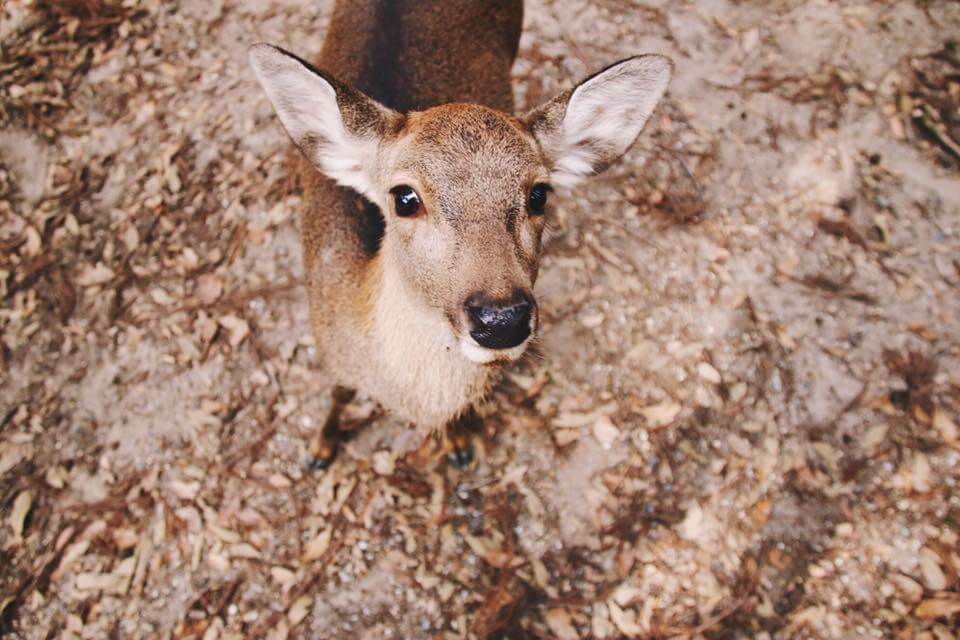
2. Mt. Ikoma (1 hour)
Many Osaka day trips to Nara are limited to Nara Park and the surrounding areas, but Nara is so much more than this area. The city is filled with historical sites and the further out from the city, the more there is to see.
One of the more interesting and varied day trips you can make into Nara is Mt. Ikoma. Mt. Ikoma is located on the edge of Osaka and Nara prefecture. The summit of Mt. Ikoma can be reached in about one hour from Osaka Namba Station via the Kintetsu Nara line and Mt Ikoma Cable Car. This makes Mt Ikoma one of the more accessible mountain options with the possibility to go all the way to the summit without extensive walking.
For those who are interested in hiking in Japan, you can take one of the many hiking trails either both up or down the mountain. As there are two cable cars, it�s also possible to hike part of the way and take the cable car for the other half.
Mt. Ikoma is also home to Hozan-ji temple, an ancient temple first built in 665 AD. It gained popularity during the Edo period and Japan�s first cable car was introduced here. There are many beautiful mountain paths surrounding the temple, a number of which have smaller, more remote shrines that you can visit.
Historic streets flow from the temple to the nearby village and create an atmosphere of traditional Japan. These traditional shopping streets are a great way to experience Edo Japan.
However, if you�re looking for something more modern, Mt. Ikoma is also home to an amusement park � Ikoma Sanjo Amusement Park. This can be a great finish to a long day out, a fun way to entertain children while travelling or just an interesting stop along the way. Mt. Ikoma is a unique and accessible mountain day trip, ideal for those looking for something a bit different in Nara.�
3. Hasedera Temple (1 hour)
On the outer edges of Nara�s main city areas and almost right in the middle of Nara prefecture sits the historic temple, Hasedera. The closest station to this temple can be reached within around one hour from Osaka Namba Station via the Kintetsu lines. There is then a 20 minute walk from the station to the temple.
Hasedera is known as one of the most beautiful temples in this area and is nicknamed �the temple of flowers�. Located on a mountainside, the roads leading up to the temple maintain a historic and traditional atmosphere, with many shops selling traditional sweets, foods and souvenirs. The stairs are lined with traditional stone lanterns and flowers.
The temple has a beautiful main hall, a storied pagoda and a wooden stage, similar to Kyoto�s Kiyomizudera. However, while Kiyomizudera is commonly full of tourists, Hasedera is much less well-known and much less crowded. The temple also s home to an eleven-faced Buddha statue.
However, all this leads up to the true attraction of the temple � nature. The temple is beautiful in all seasons due to the surrounding nature bursting forth in a way not commonly seen. Rather than landscaped gardens, the flowers and trees are more �natural� in the way they appear.
The temple features bright red foliage in autumn, blooming peonies in spring, cherry blossoms during the short period that they bloom and hydrangeas in summer. These are the main flowers that are featured, but so many more appear at various times throughout the year. Hasedera is a must-see for any lover of flowers and nature, especially with the beautiful temple backdrop.
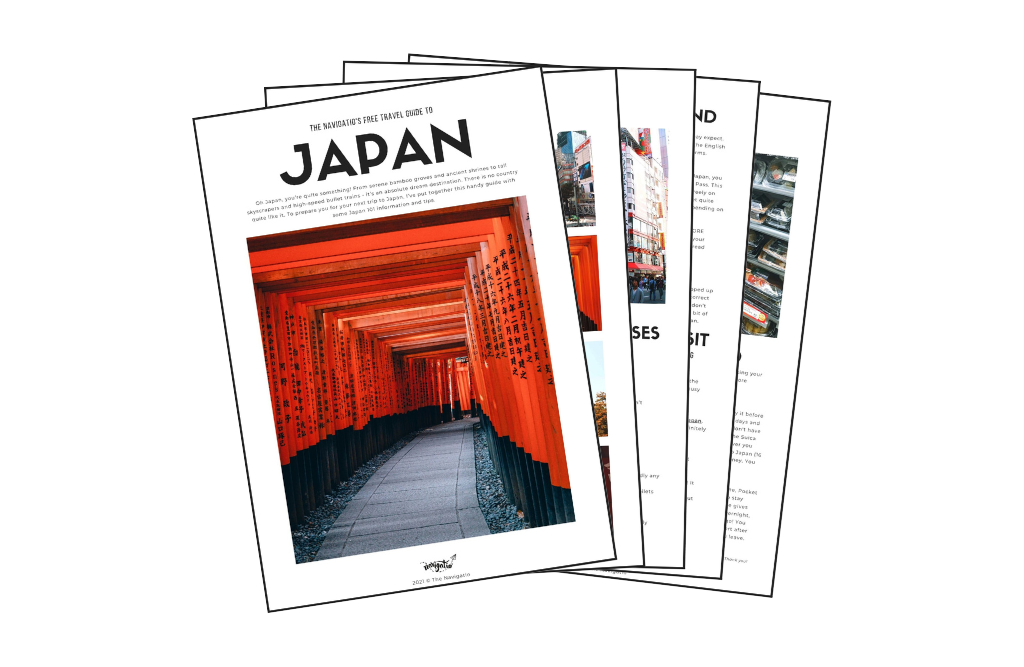
4. Arashiyama and West Kyoto (1 hour)
Now, to move away from Nara and into another of the most popular day trip locations. Kyoto is one of the most popular tourist locations in Japan, regularly topping the tourism charts for both domestic and international travel.
This is for good reason � Kyoto served as the capital of Japan for a long time and is home to some of its most spectacular temples, shrines, castles and more. With over 10,000 temples and shrines and 17 UNESCO World Heritage Sites in Kyoto, it�s impossible to see all or even just the top sites within a day.
Instead, you can visit Kyoto for a couple of days, or split it into areas. Here, we will cover a number of sites within the west area. We start at Arashiyama, which can be reached in about an hour from Osaka Station.
Arashiyama is the famous bamboo forest commonly seen in photos, videos, tourism promotion and more for Japan. The tall bamboo with sunlight filtering through the stems to the winding path below creates beautiful scenery and an amazing walk. Walking through the Arashiyama bamboo forest can take you to a number of other top sites in Kyoto.
Along the path, you can find Tenryuji temple. This is often considered the most important temple in this area of Kyoto and is one of the five great Zen temples of Kyoto. The garden of Tenryuji was designed by the famous garden designer Muso Soseki according to the Zen principles of the time.
The landscape garden is ideal for strolling around and provides a relaxing atmosphere. When visiting Tenryuji, you can buy a ticket for just the garden and skip the main temple buildings if you are short on time.
At the top of the Arashiyama mountain, you can find Iwatayama Monkey Park. This park has over 120 native Japanese monkeys who live wild in the area. The monkeys can be fed by humans, but are still able to move freely in and out of the park. The Iwatayama Monkey Park also features amazing views over Kyoto city.
If you�re looking for a quieter version of the Arashiyama bamboo forest, Adashi Nenbutsuji Temple is the answer. By going in a different direction from the station you can reach a quieter area of Arashiyama and Adashi Nenbutusji Temple, which usually doesn�t have a crowd.
At the back of the temple is a smaller bamboo forest that is very reminiscent of the crowded Arashiyama bamboo forest. This forest may be better for photos and for taking in the serenity of bamboo surroundings.

5. Kinkakuji and East Kyoto (1�1.5 hours)
Now we head to the east area of Kyoto. This area of Kyoto can be reached within 1 � 1.5 hours from Osaka station. Various train lines go between these areas, making it easy to navigate. However, a lot of transport in Kyoto is done by bus which can be difficult. Luckily, Google maps is reliable when checking bus times and routes (an essential Japan travel app!).
The first place in east Kyoto is technically in north Kyoto and can be skipped if you want to contain the day to only east Kyoto, but Kinkaku-ji, the Golden Pavilion, is often considered the symbol of Kyoto. Kinkaku-ji is a beautiful golden Zen temple which stands largely alone in north Kyoto.
The scenery surrounding the temple is also beautiful and is commonly seen on postcards. One of its main features is its ability to create picture-perfect views year-round. Interestingly, Kinkaku-ji has a �sister temple�, Ginkaku-ji, The Silver Pavilion, which is located in east Kyoto.
Ginkaku-ji is similar in its foundation but is much more subtle in appearance. It isn�t covered in silver and is said to be named after the silver moonlight shining on the Zen sand garden in its grounds. This temple is very committed to Zen principles with the sand garden, moss garden and simple wooden structures.
Near Ginkaku-ji is the Philosopher�s Path, a beautiful path lining the river which was once the actual path regularly walked by philosphers. This area is ideal to visit in spring as the path is lined by cherry blossoms.
Next on the list is Heian Shrine, which is located near Philosopher�s Parh. While this shrine is relatively new compared to other shrines and temples on this list, it�s still very impressive. The giant torii gate towers over the city and the shrine is built to resemble the Imperial Palace of the Heian period.
The surrounding grounds have beautifully designed gardens with weeping cherry blossoms and other seasonal flowers. This area of Kyoto is very scenic to wander through and is ideal for a day trip from Osaka.�
6. Kobe (30 minutes)
Kobe is perhaps most famous for the beef produced in the region but there is so much more to this interesting city. Located in the prefecture of Hyogo, Kobe is easily accessible in just 30 minutes via multiple train lines.
Kobe is a port city and was one of the first cities to open to foreign ships, leading to a wide variety of influences in the architecture, food and culture of the city. One of the most direct examples of this is Nankinmichi, one of the three biggest Chinatowns in Japan.
This is a great way to try some great Chinese cuisine and wander through the shops of Chinatown. It is wonderful to visit during Lunar New Year celebrations or various other celebrations of Chinese culture.
While in the area, visitors can explore Kobe Harborland, an entertainment and shopping area on the port of Kobe, as well as Meriken Park, one of the most popular areas of Kobe. This area is also home to Kobe Port Tower, a 108m-tall observation tower. This tower provides amazing views over both Kobe port and the city.
While in Kobe, you can�t not try the famous Kobe beef. The locally-grown cows provide beef of the highest standard with very strict regulations that have to be met. There are a number of restaurants that serve Kobe beef-centric meals and create ideal experiences for trying this high-quality beef. The Kobe waterfront area is great for a relaxing day of wandering through scenic areas and enjoying the views, culture and exquisite cuisine.
Check out our one day Kobe itinerary for a walking route and more information on what to see on this day trip from Osaka.
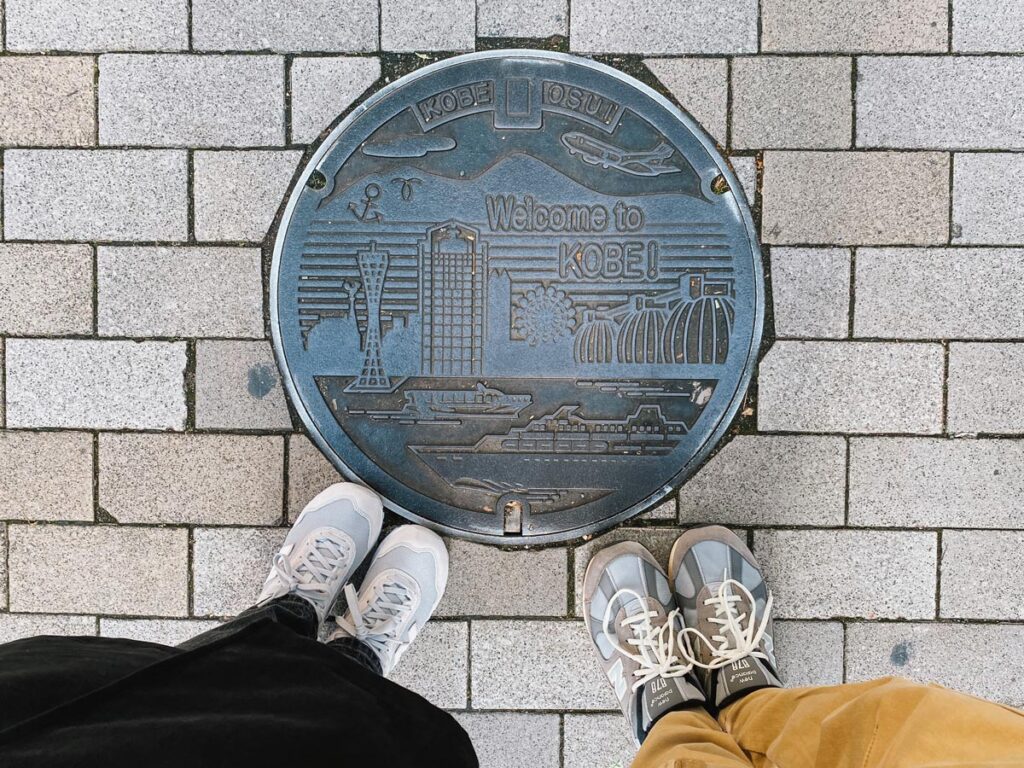
7. Arima Onsen (1 hour)
Arima is a quaint, scenic onsen town tucked away in Hyogo prefecture. From Osaka, you can take a bus that goes directly to the town and take about one hour.
While staying in Japan, many people will recommend overnight or weekend trips to onsen towns. And this can be great, but sometimes it can be hard to fit into your Japan itinerary. A great middle ground is taking day trips to onsen towns.
These charming towns are often filled with traditional buildings, ryokans, restaurants and other food shops and more. Arima is known as one of the oldest hot springs in Japan and is regularly considered one of the onsen towns in Western Japan, making it ideal for your hot spring day trip.
The onsen is most famous for its Gold and Silver waters. The Gold water, also known is Kinsen, is high in iron and is therefore a brown colour. The Silver water, or Ginsen, has radium and carbonate in it, and while it is still clear, it is considered as beneficial to health and important as the Gold water.
There are two main public bathhouses where you can experience these different hot spring waters known as Kin no Yu and Gin no Yu (literally translated as Gold Onsen Water and Silver Onsen Water), but many ryokans (traditional Japanese inns) also offer day passes, and this is a great way to get access to some of the more luxury hot spring baths.
While visiting Arima Onsen, there is also a historical shrine in town, a number of small museums and a large waterfall park to visit.
8. Omi-maiko (1 hour)
Omi-maiko is a beautiful beach area located along the banks of Lake Biwa in Shiga prefecture. Lake Biwa is the largest freshwater lake in Japan (at around 670 square kilometres). There are many amazing small towns and cities surrounding the lake but Omi-maiko is commonly considered the most beautiful beach option.
Omi-maiko is located around 1 hour from Osaka by train. The town is very popular during summer, especially with its 4km stretch of white sand beach. The beach is ideal for strolling, swimming, windsurfing or simply relaxing.
While the beach can be crowded, the further you walk, the fewer people are around. The beach also has groves of green pines attached to it, creating a beautiful natural atmosphere. There are a number of BBQ tables available too. Using these can be ideal for a relaxed day trip lunch.
While Omi-maiko is best visited during the warmer months, it�s also possible to visit for a quiet beach stroll during winter. There will be very few people during this time, making for a serene walk along the beach. Omi-maiko is a great option for a unique day trip from Osaka, especially after the hustle and bustle of the big cities.
9. Omi-hachiman (1.5 hours)
If you enjoy the relaxed atmosphere of Shiga and Lake Biwa, Omi-hachiman on the other side of Lake Biwa makes for another great day trip from Osaka. This charming, historical town is located on the opposite side of Lake Biwa to Omi-maiko and takes about an hour and a half to reach from Osaka Station.
The town has a long and unique history as a merchant town. This can be noted by the large canal running through the centre of the town which would have once been used by merchant boats. Nowadays, visitors can take boat tours along the canal to see the town from another perspective.
There are also many niche museums and historical sites throughout the town, such as the Kawara Museum, which focuses on Japanese roof tiles, and the Nishikawa Residence, a historically preserved merchant�s house.
In addition to the picturesque town, Omi-hachiman is also home to Mt. Hachiman, located next to the main town area. The summit of the mountain can be easily accessed by ropeway. There are a number of walking trails on Mt. Hachiman, including short routes around the summit which stop at a number of the top viewpoints.
Mt. Hachiman was also once home to Hachiman Castle. Nowadays, Zuiryuji Temple stands on the grounds of the previous castle. Himure Hachiman Shrine, the origin of the name for the area, also stands at the bottom of the mountain.
There are many scenic outlooks around the summit of the mountain which are ideal for taking in the scenery over Lake Biwa, the town of Omi-hachiman and the surrounding areas. Omi-hachiman is a great option for exploring a lesser-known side of Japanese history in a beautiful yet relaxed setting.�

10. Wakayama (1 hour)
The prefecture of Wakayama is perhaps most well-known for its beautiful seaside towns, especially the white sand beaches of Shirahama. However, while many of these towns are too far to really access for a day trip, the city of Wakayama is easily accessible. It takes a little over an hour from Osaka Station.
In the centre of the city is Wakayama Castle, a beautiful historic castle with its original moat and stonework intact. Wakayama is also home to the Museum of Modern Art which features a wide variety of both Japanese and European Art.
Wakayama has a number of unique places to visit, such as Porto Europa, a theme park intended to resemble Mediterranean harbour towns. Throughout the theme park, there are full-scale reproductions of European streets, street performances and attractions for both children and adults.
This is located close to Kuroshio Market, one of the freshest fish markets in the country. This is the ideal place for any seafood lover to get some of the best seafood available. For those more interested in the behind-the-scenes aspects, you can also watch a tuna preparation show.
If you have some extra time and want to explore something a bit different, about 40 minutes from Wakayama City is the town of Yuasa, also known as the home of soy sauce. This beautiful historic town is the birthplace of soy sauce and now offers tours of the soy sauce manufacturers in the city.
Soy sauce directly from the town it originated in makes for a great souvenir for either yourself or friends and family. Wakayama is a great day trip option for a wide variety of different travellers due to its range of unique places to see and things to do.
Where to stay in Osaka?
When staying in the Kansai region, most travellers choose to stay in Osaka or Kyoto. While both are great cities to stay in, Osaka has much better nightlife and is also often cheaper when it comes to accommodation. If you do decide to stay in Osaka, here is a breakdown of our favourite hotels:
| Area | Best For | Hotel | Book Now |
| Umeda/Kita | First-time visitors | Sonezaki Luxe Hotel | Check Availability |
| Namba | Nightlife & food lovers | The Bridge Hotel Shinsaibashi | Check Availability |
| Shin-Osaka | Day trippers | Hotel Androoms Shin-Osaka | Check Availability |
| Honmachi (Central Osaka) | Budget Travellers | Super Hotel Lohas Honmachi | Check Availability |
Check out our full guide to the best hotels in Osaka for more recommendations for different budgets and travel styles.
Staying in one city and taking multiple day trips is one of the best ways to see a wide variety of places while travelling in Japan. Skipping the constant check-in and check-outs, dragging luggage on public transport and constant careful organisation in favour of more relaxed, flexible, lightweight travel is a perfect solution to the stress and exhaustion that comes with constantly changing cities.
In Kansai, Osaka serves the purpose well with both its geographical and cultural position. From Osaka, you can make unique day trips to a number of surrounding prefectures, including the ones we�ve mentioned above.
And, of course, we�ve also got a one day Osaka itinerary to help you explore the best parts of the city before heading off on your day trips!




